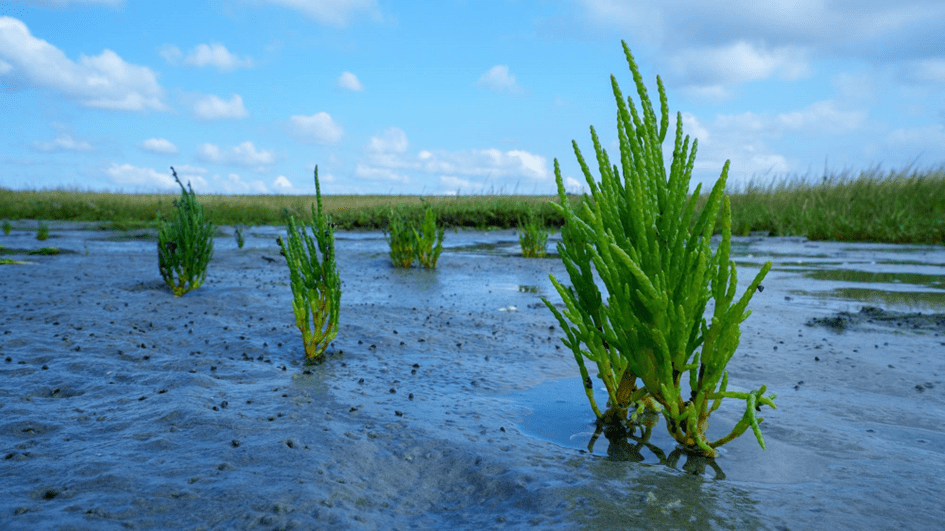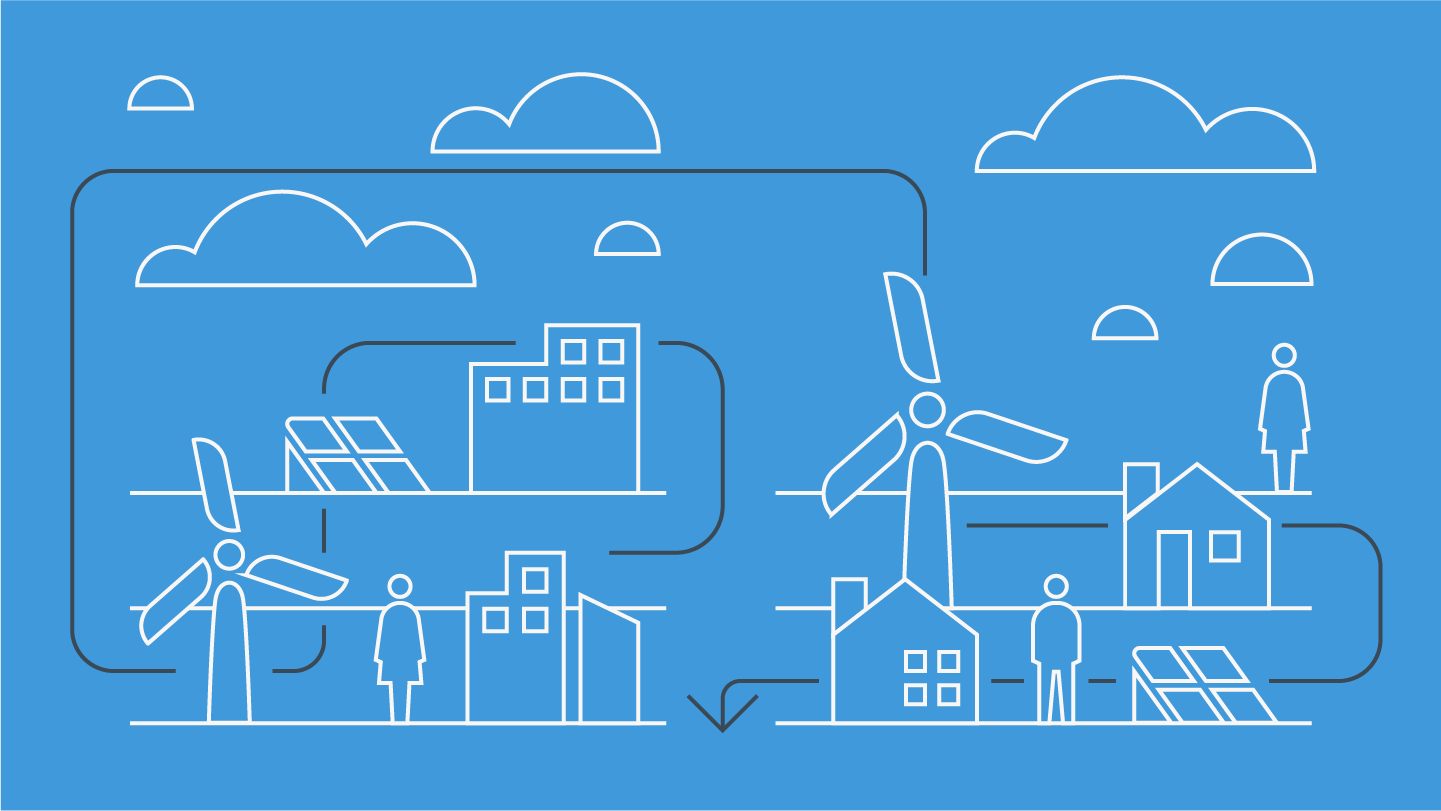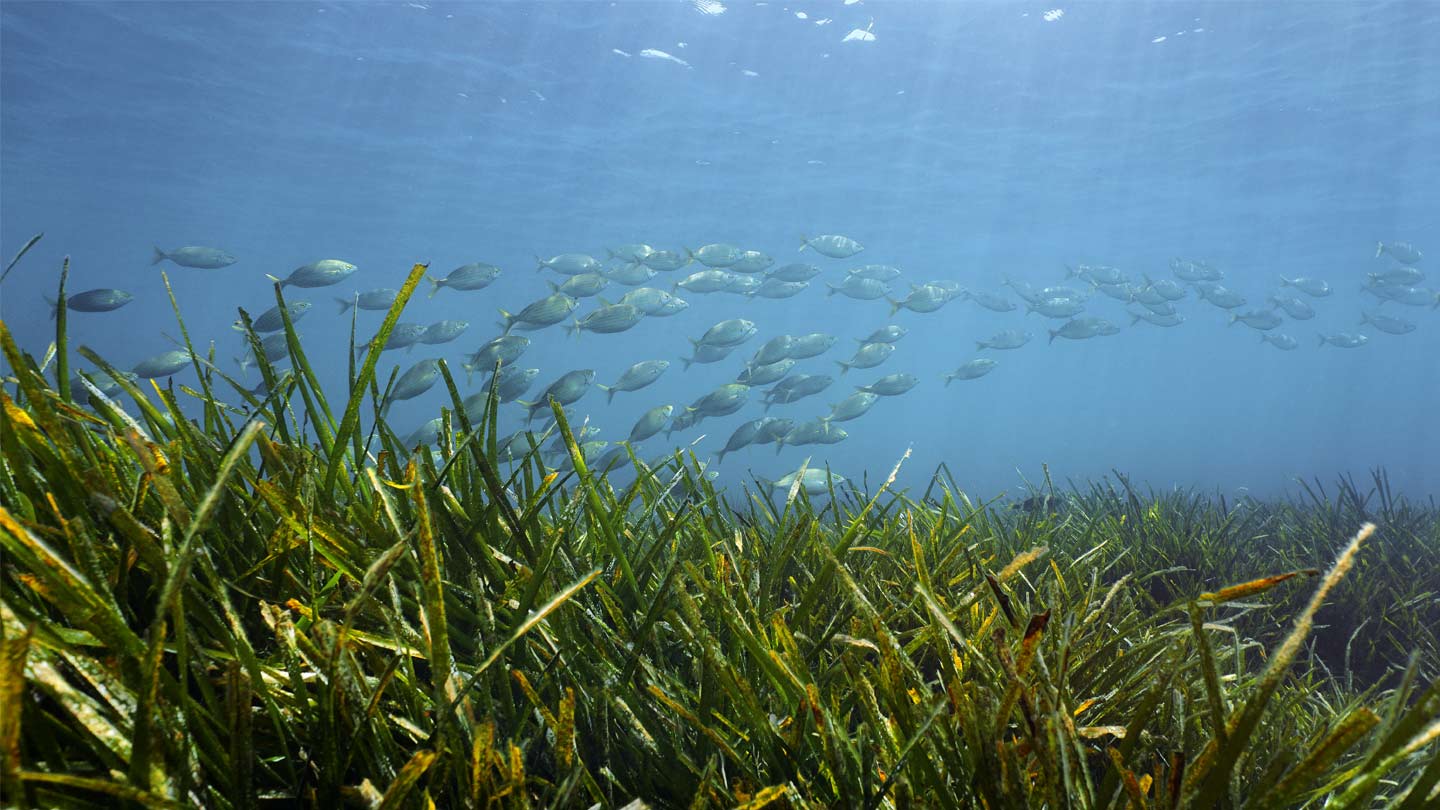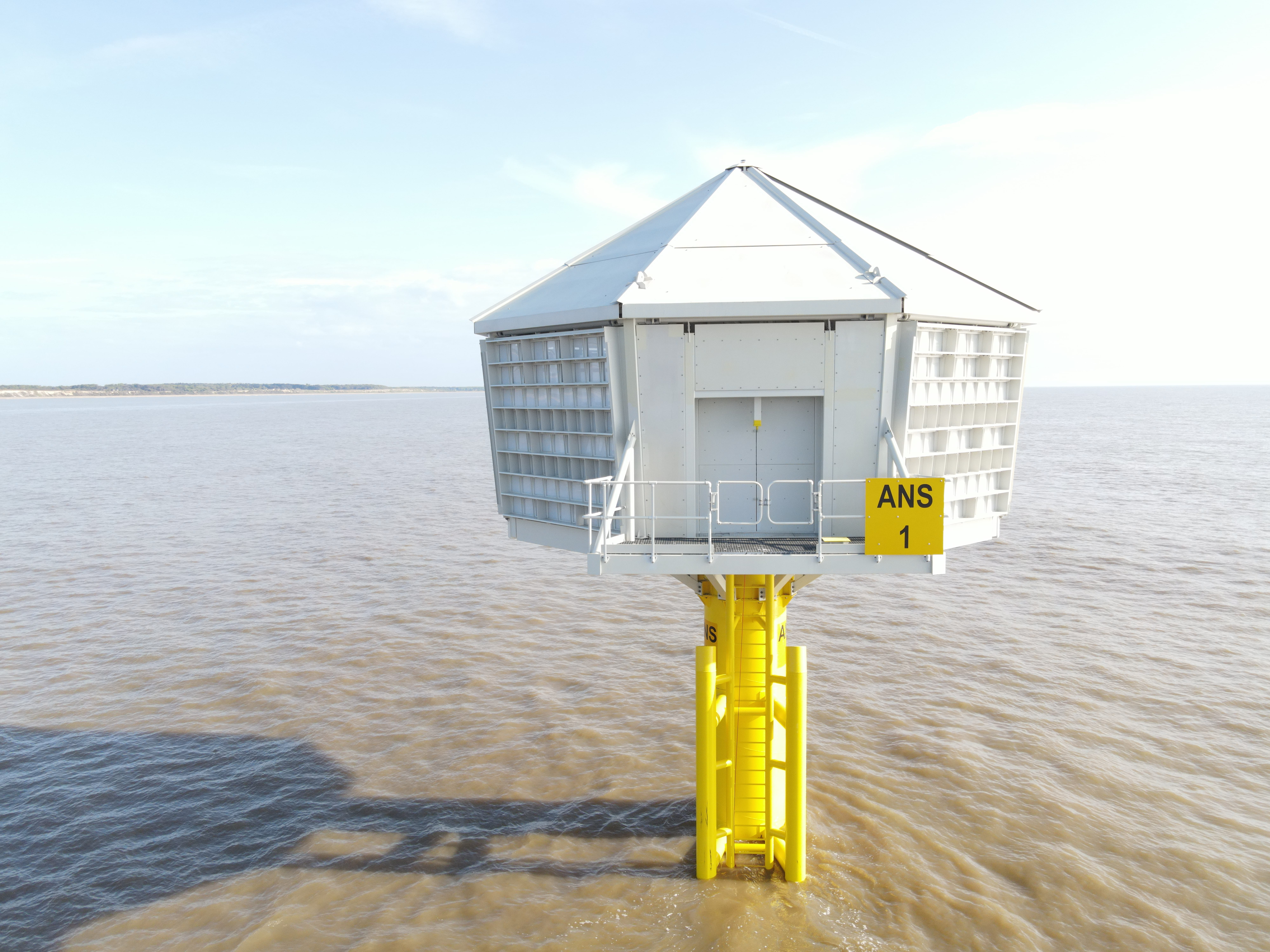Taking a strategic approach will deliver far better outcomes for the marine environment
With a Planning and Infrastructure Bill expected soon, and with ongoing consultations on planning reform, we have seen substantial progress in the last few months.
One of the key opportunities is to take a strategic approach to compensating for the impact of offshore wind projects. Currently, each project is asked to provide measures to compensate for any impact that the project might have on the marine environment. It would be better for offshore wind projects to pool their resources into a larger fund that the Government could use to spend on the actions that would best support the recovery of the wider ecosystem.
This is why we greatly welcome last month’s announcement by Defra that they will adopt this approach and launch the ‘Marine Recovery Fund’ later this year. We also welcome ongoing work by the Scottish Government on this theme. Neither fish nor birds adhere to national borders and therefore it is important that the UK Government and Devolved Administrations find a pan-UK solution.
Another advantage of a Marine Recovery Fund is that if we get new information indicating that there are higher priority actions to protect the marine environment, then the compensation fund can simply re-direct spending to address these new priorities.
If the UK gets its planning reform right, it will be able to deploy more offshore wind and simultaneously enhance the marine environment. If Government, industry, and NGOs work together, we can deliver green energy and long-lasting benefits for nature and people.





